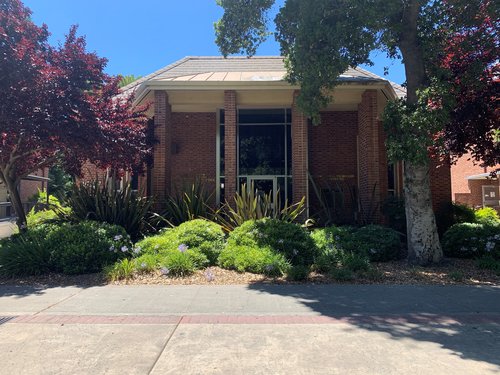During the 1960s and 1970s, Pacific joined other institutions of higher learning in experimenting with the idea of "cluster colleges," or smaller divisions operating under the umbrella of the university.
Raymond College, named after donors Walter and kate Raymond, was the first of the cluster colleges. It opened in fall of 1962 as a liberal arts college focused more on education and knowledge and less on training and skills. Its curriculum emphasized teaching using the seminar method, and it did not teach to specific careers.
In the fall of 1963, classes began at Covell College. Named after donor and regent Elbert Covell, this second cluster college had a Spanish-speaking program, where English was taught as a foreign language. At the time, it was the only bilingual four-year college in the United States. One of its goals was to develop inter-American studies that would contribute to greater understanding among the nations of North and South America.
The third and final cluster college opened in 1966. Named after donor Ferd Callison, Callison College required that students study abroad their second year in a non-Western country as a way of developing empathy for that country's people.
The cluster colleges faded away by the mid-1980s, but before Raymond and Callison Colleges were closed, they spent two years combined as Ray-Cal College. In 1979, the international program was absorbed into College of the Pacific, becoming the foundation of the School of International Studies. That year, students staged a funeral march protesting the closing of Ray-Cal. They carried two coffins, one representing Raymond and the other Callison, and the march ended with a formal eulogy at Morris Chapel. Covell hung on a little longer, closing in 1986.


Left: Cluster Colleges, about 1970
Right: Bechtel International Center, 2023
